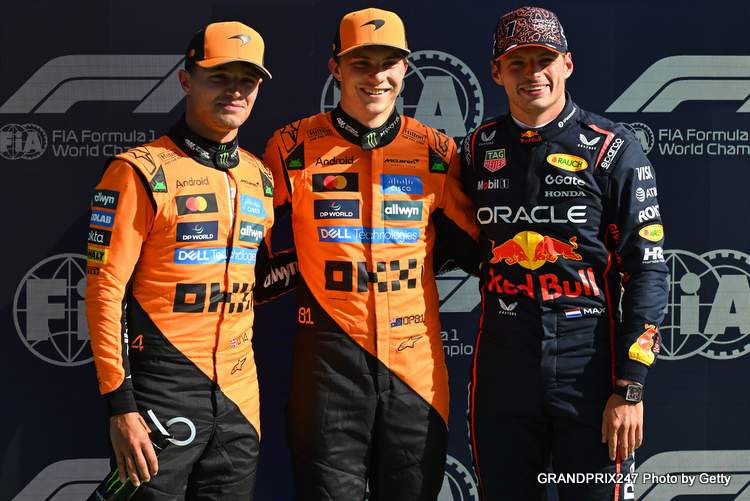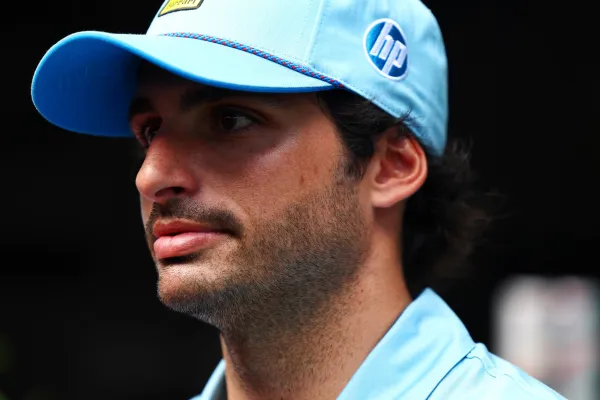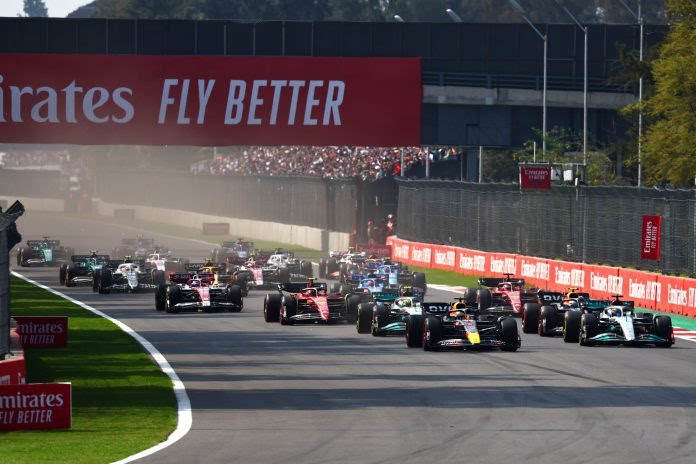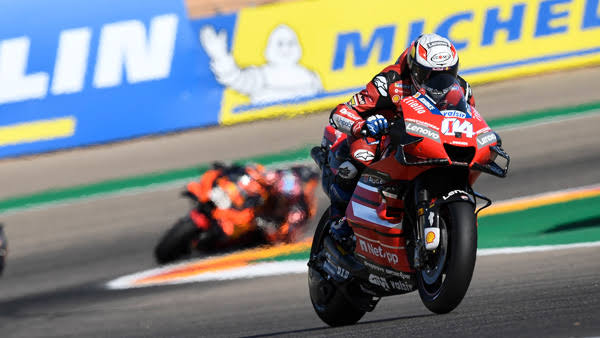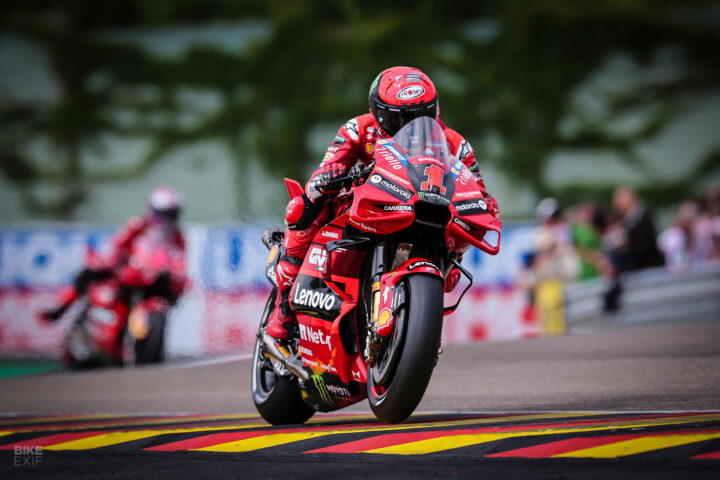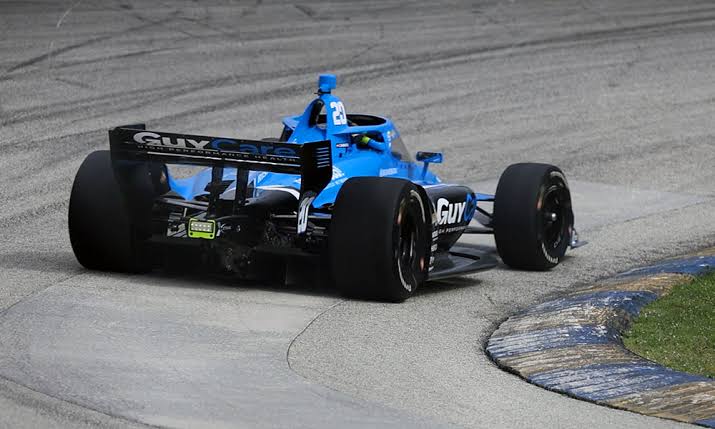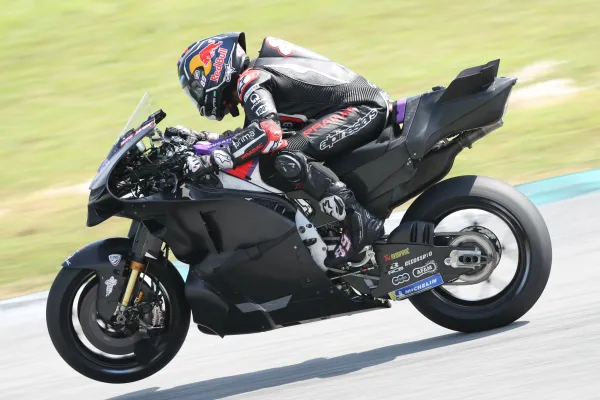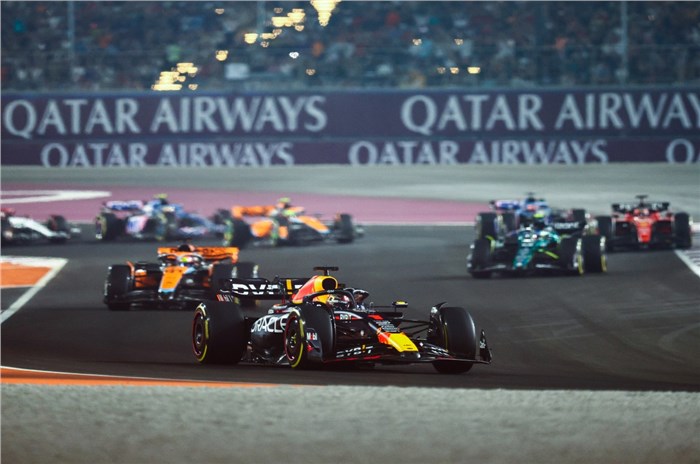How The microscope Discovered The Pirelli Problem In Qatar GP 2023?
The world of Formula 1 is relentless, where every component of a car is meticulously designed and tested for performance and safety. One critical element in this high-speed sport is the tires.
Recently, during the 2023 Qatar Grand Prix, a tire issue emerged that sent shockwaves through the paddock. This problem was so subtle that it required the scrutiny of a microscope to detect.
This article, delves into how the microscopic examination uncovered the hidden tire issue during the Qatar GP and the measures taken to ensure the safety of the drivers and the race.
The Qatar GP Tire Drama Unveiled
The drama began during the practice sessions leading up to the Qatar Grand Prix when the Pirelli tire engineers started noticing irregularities in the tire compounds. However, these anomalies were so minuscule that they escaped the naked eye’s attention. It was only during the routine post-session analysis that Pirelli’s technicians unearthed the issue.
The Tire Separation ProblemThe tire issue, as revealed under the microscope, centered around sidewall separation between the topping compound and the carcass cords. This separation occurred in tires that had endured long-duration runs on the challenging Losail circuit.
The exact cause of this separation was elusive at first, but a closer examination offered clarity.
Suspected Culprit:
The Pyramid Kerbs
The suspicion pointed towards the high pyramid kerbs, specifically at Turns 12 and 13 of the Losail circuit. These curbs, designed for the 2023 event, seemed to be the source of the problem. The intense g-forces experienced by the cars as they negotiated these high-speed corners put immense stress on the tires.
The repeated impacts against these kerbs appeared to be damaging the tires at a microscopic level, creating a hidden risk.Microscope to the RescueThe damage caused by these impacts was incredibly subtle, to the extent that it was virtually invisible to the human eye. It required the precision and magnification of a microscope to detect When Pirelli’s tire engineers decided to cut open the tires for a closer examination, the real extent of the problem was revealed.
Mario Isola, Pirelli’s F1 boss, described the situation, stating, “If I cut the tire and I show you the section, you cannot see any damage. It’s so small, that obviously, we can find the damage with a microscope.” This microscopic inspection became a game-changer in understanding the issue and taking appropriate actions to ensure safety.
Contingency Measures
Recognizing the severity of the situation, the FIA and Pirelli swiftly collaborated to address the tire separation problem. To minimize the risk during the upcoming Sprint race and the Grand Prix, several contingency measures were put in place:
1. Adjusting Track Limits:
Track limits were revised at the problematic Turns 12 and 13 By moving the circuit edge inward by approximately 60cm, drivers were encouraged to avoid the most aggressive parts of the kerbs that were causing the tire damage.
2. Mandating a Three-Stop Strategy:
To prevent further tire-related issues during the race, the possibility of mandating a three-stop strategy was considered. This would limit drivers from using any set of tires for more than 20 laps, ensuring tire safety and flexibility in pit stops.
3. Monitoring and Analysis:
Pirelli committed to closely monitoring tire performance during the Sprint race. The adjustments in track limits are in view as a crucial test to determine whether the issue have been effectively put to rest .
Further analysis and real-time data would be essential in making informed decisions for the Grand Prix.ConclusionThe Qatar Grand Prix of 2023 unveiled a tire problem that highlighted the intricacies involved in Formula 1.
While the tire separation issue was initially invisible to the naked eye, it became apparent under the scrutiny of a microscope. This revelation led to prompt action, with track limit adjustments and potential race strategy changes aimed at ensuring driver safety.
In the fast-paced world of Formula 1, it’s a testament to the dedication of tire engineers and the sport’s commitment to safety that even the tiniest imperfections do not go unnoticed. The microscopic examination that uncovered the tire problem serves as a reminder that precision and thoroughness are paramount in a sport where milliseconds can make the difference between victory and defeat.

